In the second installment of our Beyond the Page series with modern-day explorer Mario Rigby, we take an in-depth look into the tradition of basket making.
While exploring the history of the Crossing Place trail on Middle Caicos, the importance of basket weaving captivated Mario. He first visited an outlet on North Caicos which sells the handcrafts of local artisans called the Middle Caicos Co-op.
To get more information on the baskets, Mario headed to a place that is dedicated to capturing the history and culture of the Turks and Caicos Islands.
At its development office in Grace Bay, the Turks and Caicos National Museum offers tours that provide a short, but in-depth history lesson to visitors.
One of the highlights of a visit to the Provo campus is the Caicos Heritage House. The Heritage House was built using traditional methods and helps us to understand the daily lives of Islanders over the past century.
At the museum, Mario sat down with Daphne Forbes. The North Caicos born Forbes not only gives tours at the museum, but is also is an expert on the local tradition of basket weaving.
“As a child growing up, I saw my grandmother, my mother, they grew up doing this daily,” Forbes shared fond memories of her first experiences with basket weaving.
“The tradition of the basket weaving came over with our foreparents that came over from Africa,” she explained, “this is the tradition they bring and it was handed down.”
Weaving of the straw is known as plaiting and was taught to children, both boys and girls. The straw comes from locally grown grass and palm trees, which can be found on many islands across the Turks and Caicos archipelago.
“Weaving of the straw were mostly done in North and Middle Caicos,” she added. Plaited items such as baskets and hats were then sent via small boats to South Caicos and Grand Turk to be sold.
Material known as the white top palm, was often used to make the field basket and the grind corn basket.
“We also have the silver top palm,” she says displaying a slightly more refined plait. “This we used to make the hats and the bags that you would carry to church or to town.”
Some straw was even colored to add small decorations. All parts of the dried straw were used, with harder elements being used for brooms and fine edges as thread in sewing.
Today, these beautiful handcrafts can be found across the islands in shops such as the Middle Caicos-Co Op on North Caicos and the Turks and Caicos National Museum’s gift shop on Grand Daphne Forbes sells her handmade baskets at Provo’s weekly Fish Fry.
After some instruction from Mrs. Forbes, Mario gave a go at trying plaiting. It only took a few moments of encouragement from Mrs. Forbes… “under two, over..” and the art of plaiting began to materialize from Mario’s fingers. “You got it,” she said excitedly.
“It is my passion, that we can preserve some of these things in our schools, put it in our curriculum. I would like to pass this on to this generation.”
Forbes offers lessons at the museum and hopes her passion will inspire more young people to carry on the tradition.
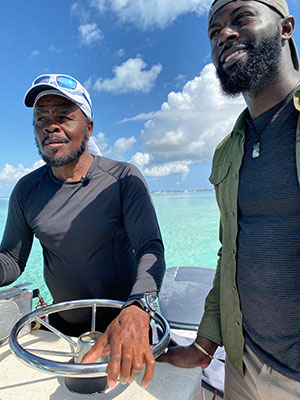
Next, Mario heads off to the island known as the Big South, where he ventures out from South Caicos to explore nearby uninhabited cays with boat captain Tim Hamilton.
Be sure to follow us @TurksCaicosMag and @MarioRigby to stay up-to-date on information about his next adventure.
Here are some details and links to help you plan your next visit to the Turks and Caicos National Museum (TCNM) Development office and Caicos Heritage House on Providenciales:
Tours are offered hourly Monday through Friday during the hours of 9 a.m. to 1 p.m. at the TCNM Provo Campus located in the Village at Grace Bay.
On Tuesdays, a Traditional Art of Weaving Class is available. During the course, participants learn the art of basket weaving using traditional methods. Reservations required.

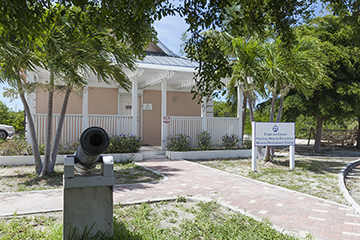
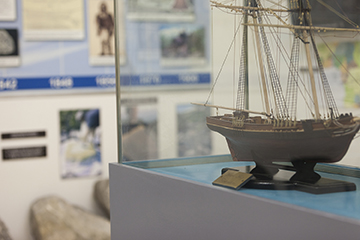
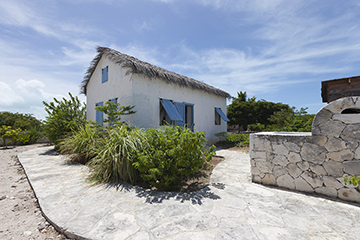
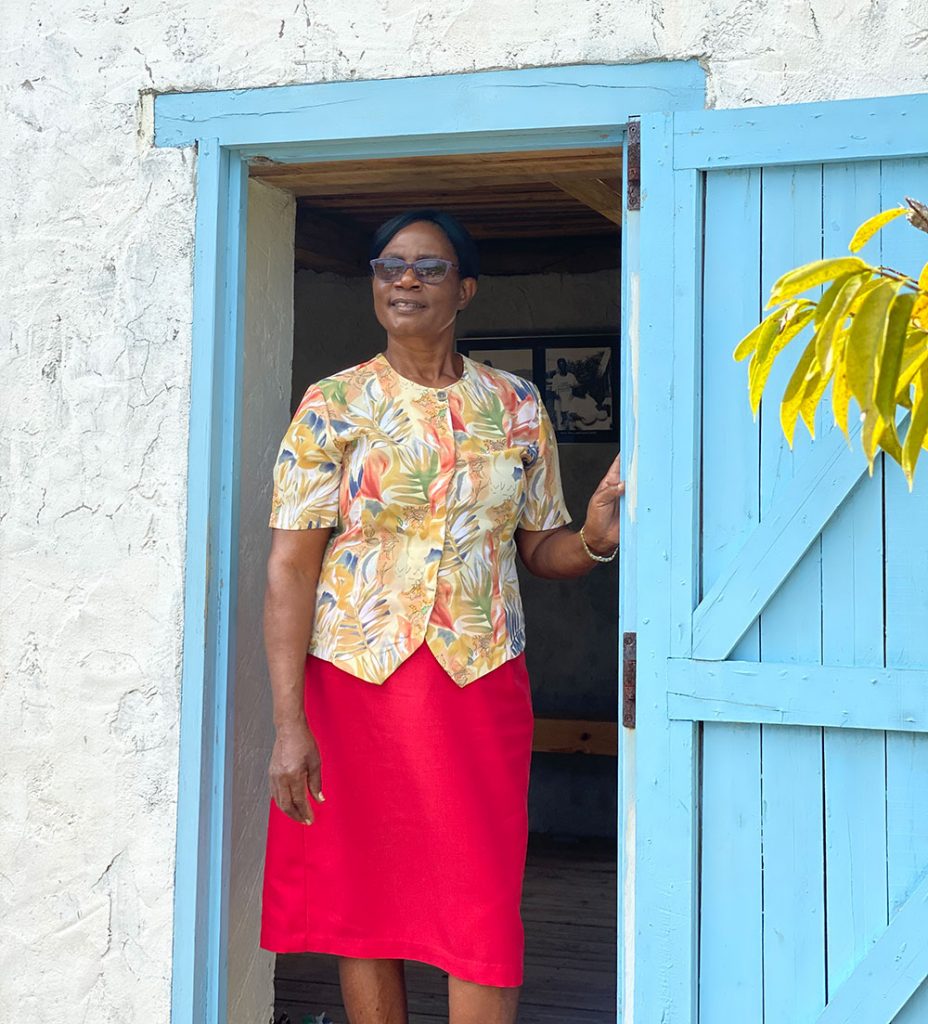

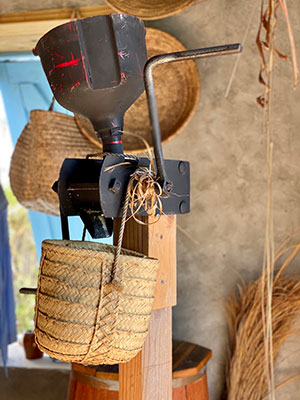

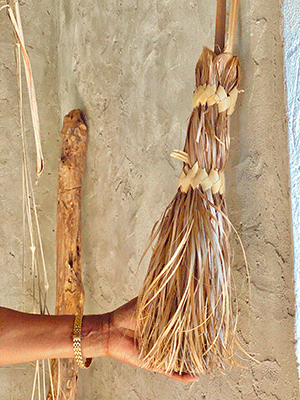

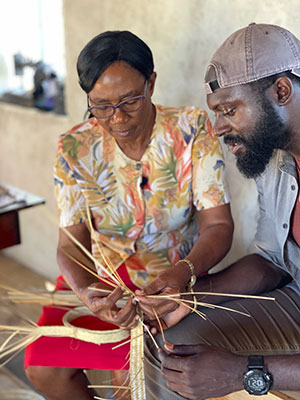
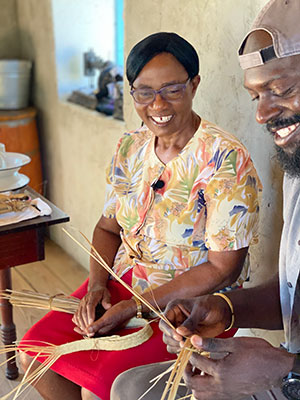
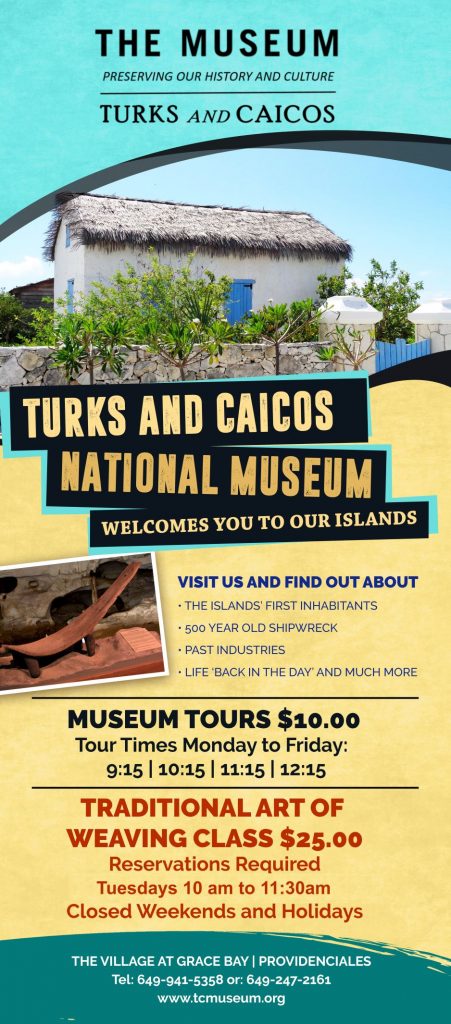
Recent Comments